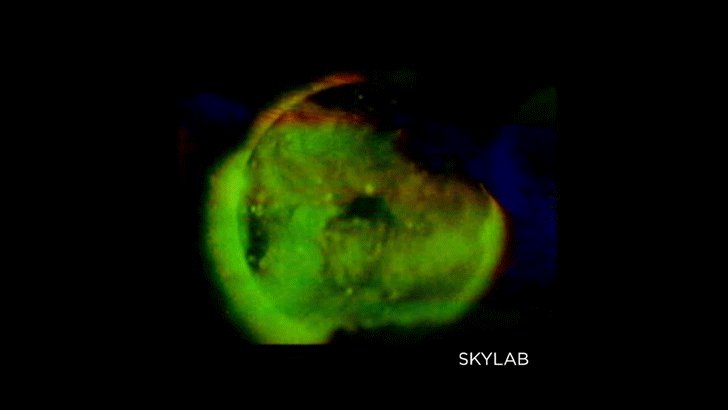 Hotel rooms in towns and cities in a ribbon across America from coast to coast are sold out. Officials warn of road traffic mayhem. Organizations have distributed millions of sets of extra-dark glasses across the nation.
Hotel rooms in towns and cities in a ribbon across America from coast to coast are sold out. Officials warn of road traffic mayhem. Organizations have distributed millions of sets of extra-dark glasses across the nation.
The solar eclipse on August 21 has become a national event in the United States, when day will turn into night for a few minutes for those living or congregating at places along the 113-kilometer-wide shadow as it sweeps across the country.
About 12 million people live in the direct path of the eclipse, and millions more are flocking in to see it.
For most Americans it will be a once-in-a-lifetime experience, reaffirming the awesome power and intricate mechanisms of the universe. For many scientists the eclipse will be a rare chance to gather data not accessible at any other time.
“The exceptionally long path over land of this total eclipse will provide an unprecedented opportunity for cross-disciplinary studies of the sun, moon, Earth and their interactions,” said the U.S. space agency NASA, which will host a livestream of the eclipse starting at 16:00 UTC on August 21.
Eleven spacecraft, more than 50 NASA-funded high-altitude balloons, numerous ground-based observations and volunteers working together will capture a wealth of images and data as they take continuous measurements of the sun and the eclipse’s effects on Earth. Two NASA jets will chase August’s total eclipse.
One area of study will be the lower parts of the sun’s atmosphere, or corona. Information about the corona is key to understanding many solar processes, including why the sun’s atmosphere is so much hotter than its surface. It may help explain the process by which the sun sends out a constant stream of solar material and radiation that can cause changes in the nature of space and impact spacecraft, communications systems and orbiting astronauts.
A mad rush for ‘eclipse glasses’

Organizations distributed vast numbers of “eclipse glasses,” spectacles with very dark lenses to protect the eyes against the sun’s rays, but the glasses fast became scarce as the event neared.
The Space Science Institute, working with NASA, Google and others, sent out more than 2 million safe solar eclipse glasses to be given out at nearly 7,000 public libraries across the country, but they were all snapped up and supplies quickly sold out in stores.
The Smithsonian Institution’s Air and Space facilities in Washington have several activities scheduled for the day, including a “Make your own pinhole eclipse viewer” so that people can safely watch the eclipse.
Even well-prepared travelers, with rooms booked, eclipse glasses in hand and a viewing place organized, still face one big uncertainty as the August 21 event approaches: Earth’s own unpredictable weather. Clouds would obviously obscure the celestial show, although they would not impair the impact of darkness falling in the mid-afternoon.
Weather conditions will vary along the 4,800-kilometer-long path of the eclipse, and weather websites have had heavy traffic. Millions of sky-gazers are praying for a break in the pattern of seasonal afternoon thunderstorms prevalent in the Midwest and the East Coast.
This will be the first total solar eclipse seen in any U.S. state apart from Alaska since 1979. The next occasion will be in 2024, when 14 southern and eastern states will see one. Somewhere on Earth, a solar eclipse occurs about every 18 months.

Comments
Post a Comment